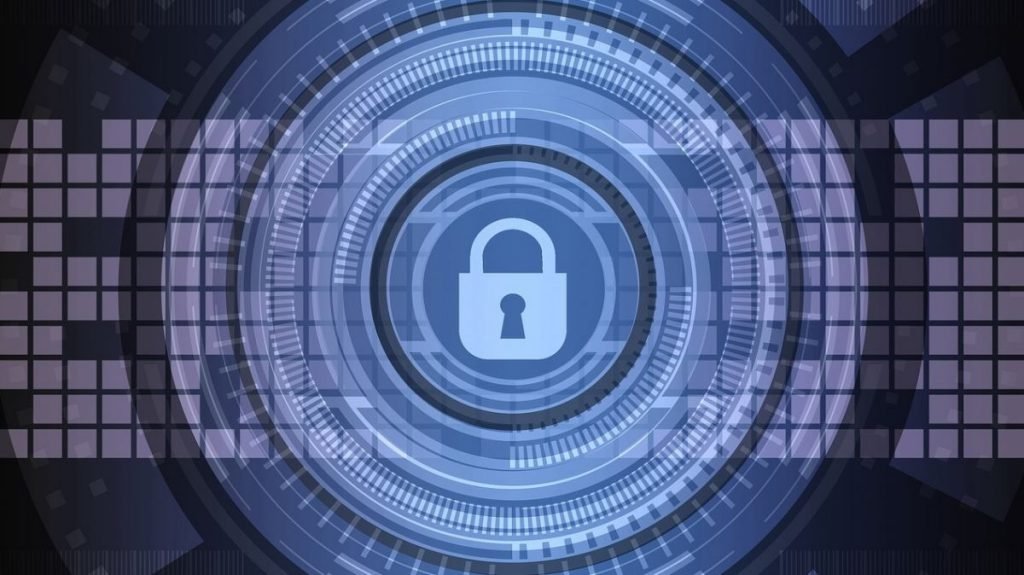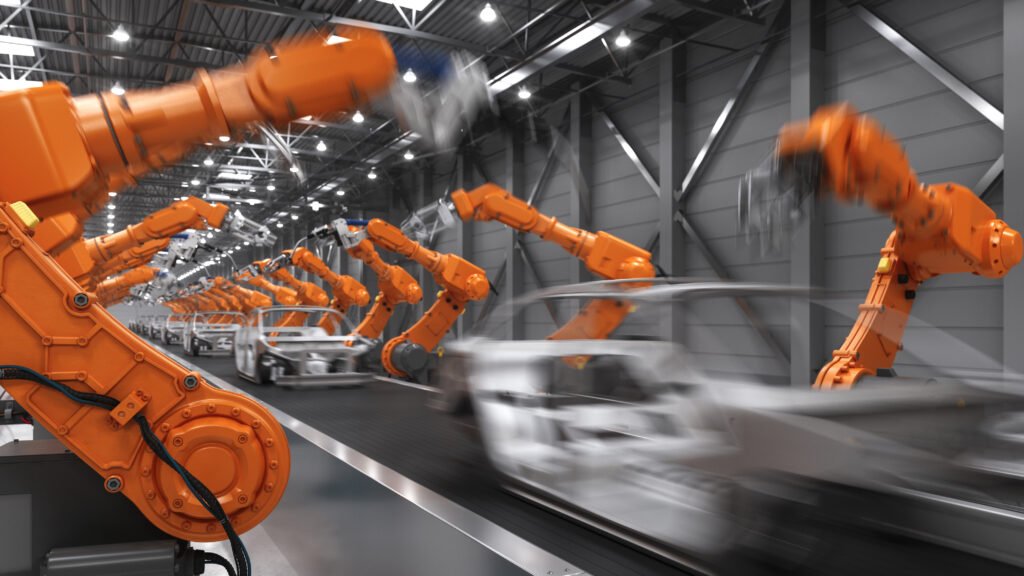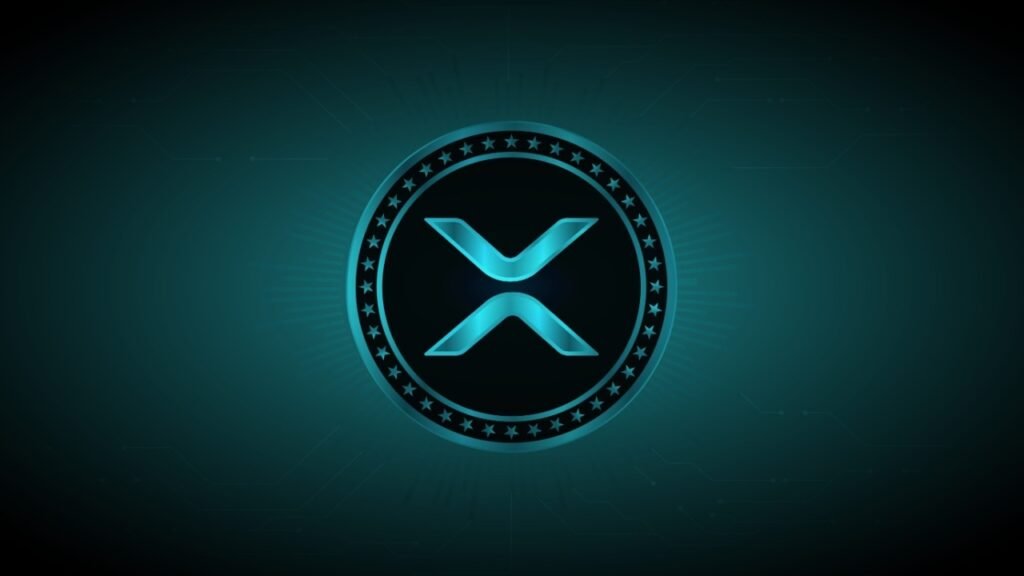Using EDR for layered security

It is public knowledge that cybersecurity risks are increasing, not just in volume but, crucially, in scope.
The attack surface has expanded with the advent of more and more devices in the organisation network. Twenty years ago, most enterprises relied solely on on-premise infrastructure.
The few employees who did have personal devices, in an era before smartphones and BYOD policies, had most of their data and computing assets kept behind a relatively defensible perimeter, protected using conventional security for their IT infrastructure. Mostly, it did its job – but the job description has been ripped up and rewritten.
The advent of cloud computing and the Internet of Things (IoT) has created inter-device connectivity on a scale previously unseen. With an expanse of new devices equating to a wide array of new entry vectors; a defensible perimeter is now insufficient in isolation.
According to Gartner, the number of IoT devices globally will surge to 5.8 billion by the end of 2020, a rise of 21.5% from 2019. Computing has been reconfigured and, unless cybersecurity keeps pace with it, enterprises will expose themselves to the full consequences of intrusions, from data loss to regulatory compliance.
About the author
Terry Greer-King is the VP EMEA of SonicWall.
- Find the best internet security suites here
Internal and external visibility
Conventional approaches, primarily preventative in scope, never have a 100% success rate in isolation. There needs to be a preliminary stage to this, a precursor which makes use of advanced AI tool
Be the first to write a comment.



